The TST C624 electric bike is an excellent choice for city use, combining a powerful 1000W motor, a comfortable ergonomic design, and practical features tailored for urban commuting. It offers a top speed of 23 mph and a range up to 45 miles, making it efficient for daily travel. Its lightweight frame, front suspension, and mechanical disc brakes enhance maneuverability and safety in city traffic.
What Makes the TST C624 Suitable for Urban Commuting?
The TST C624 is designed specifically with city riders in mind. Its 26-inch tires provide a smooth ride on pavement, while the front suspension fork absorbs bumps from uneven roads. The lightweight aluminum alloy frame and step-thru design allow easy mounting and dismounting, ideal for stop-and-go city traffic. The 7-speed Shimano shifter enables adapting to varying terrains and speeds, and the ergonomic handlebars promote an upright, comfortable posture for longer rides.
| Feature | Specification | Benefit for City Use |
|---|---|---|
| Motor | 1000W Brushless Gear Motor | Strong acceleration for quick starts at intersections |
| Battery | 36V 10.4Ah Lithium-ion | Up to 45 miles range, enough for most urban commutes |
| Tires | 26" x 1.95" | Smooth and efficient on paved roads |
| Suspension | Front Suspension Fork | Absorbs road shocks for comfort |
| Brakes | Mechanical Disc Brakes | Reliable stopping power in traffic |
How Does the TST C624 Perform in City Traffic and Conditions?
With a top speed of 23 mph, the TST C624 provides enough power to keep up with urban traffic flow without being overwhelming. The 1000W motor delivers strong torque for quick acceleration from stops, essential in stop-and-go city riding. Its responsive mechanical disc brakes ensure safe and confident stopping in busy environments. The front suspension smooths out potholes and road imperfections, reducing rider fatigue. Additionally, the bike’s weight of about 57 lbs strikes a balance between sturdiness and portability, making it easy to carry up stairs or load into a car. What Features Define The Best Electric City Commuter Bikes?
What Are the Comfort and Safety Features of the TST C624 for City Riders?
Comfort and safety are priorities in the TST C624’s design. The ergonomic saddle and adjustable handlebars promote an upright riding position that reduces strain on the back and wrists during longer commutes. Bright LED lights improve visibility in low-light conditions, while the mechanical disc brakes provide consistent stopping power regardless of weather. The bike’s step-thru frame design is especially convenient for riders who need quick mounting and dismounting, such as when navigating crowded sidewalks or public transit.
How Does the Battery and Range Support City Riding Needs?
The TST C624’s 36V 10.4Ah lithium-ion battery offers up to 45 miles of range on pedal assist mode, which is sufficient for most daily urban commutes and errands. The battery is lockable and easily removable for convenient charging indoors or at work. Charging takes approximately 4-5 hours, and the bike supports multiple pedal assist levels (1-5), allowing riders to optimize power use and extend range. This flexibility makes the TST C624 a practical choice for riders needing reliable, long-lasting urban transportation.
How Does the TST C624 Compare to Other City E-Bikes?
Compared to other city e-bikes, the TST C624 stands out for its balance of power, comfort, and affordability. Its 1000W motor is more powerful than many entry-level commuter bikes, providing better hill-climbing ability and acceleration. The inclusion of front suspension and mechanical disc brakes is often reserved for higher-end models, enhancing ride quality and safety. While some competitors may offer lighter frames or longer battery life, the TST C624’s combination of features at a competitive price point makes it a compelling option for city riders.
| Specification | TST C624 | Typical City E-Bike |
|---|---|---|
| Motor Power | 1000W | 250W - 750W |
| Battery Range | Up to 45 miles | 20 - 40 miles |
| Suspension | Front Suspension | Often none or basic |
| Brakes | Mechanical Disc | Usually rim or mechanical disc |
| Weight | 57 lbs | 50 - 70 lbs |
Buying Tips
When considering the TST C624 electric bike for city use, keep these tips in mind:
- Assess Your Commute Distance: The 45-mile range suits most urban trips, but longer rides may require additional charging options.
- Consider Frame Design: The step-thru frame is ideal for easy mounting, especially in stop-and-go city riding.
- Check Local Regulations: Ensure the 1000W motor and 23 mph top speed comply with your area's e-bike laws.
- Look for Comfort Features: Adjustable handlebars, ergonomic seats, and suspension improve ride quality in city environments.
- Warranty and Support: Choose sellers like TST EBike that offer solid warranty and customer service.
TST EBike’s focus on high-power, cost-effective electric bikes ensures you get quality and value for your urban transportation needs.
TST EBike Expert Views
“The TST C624 is a thoughtfully engineered city electric bike that blends power, comfort, and practicality,” says a TST EBike product specialist. “Its 1000W motor provides ample torque for urban hills and quick acceleration, while the front suspension and ergonomic design make daily commutes enjoyable. We designed it to be lightweight and easy to handle, perfect for navigating tight city streets. The step-thru frame and reliable mechanical disc brakes further enhance safety and convenience for riders of all levels.” This expert perspective highlights why the TST C624 is a standout choice for city dwellers seeking efficient, stylish, and dependable electric transportation.
FAQ
Q: Is the TST C624 suitable for riders of all heights?
A: Yes, it fits riders approximately 5’1” to 6’4” thanks to adjustable handlebars and a step-thru frame.
Q: How long does it take to fully charge the battery?
A: Charging typically takes 4-5 hours using the included 42V/2A charger.
Q: Can the TST C624 handle hills in the city?
A: Yes, the 1000W motor and 7-speed Shimano shifter provide strong hill-climbing ability.
Q: Is the bike easy to store or transport?
A: At about 57 lbs, it is lighter than many e-bikes with similar features, making it manageable for loading and storage.
Q: Does the TST C624 come with a warranty?
A: Yes, it includes a one-year warranty covering non-human-caused issues.
The TST C624 electric bike is a powerful, comfortable, and practical choice for city use. Its combination of a 1000W motor, ergonomic design, and reliable components makes it ideal for urban commuters seeking efficiency and style in their daily rides.

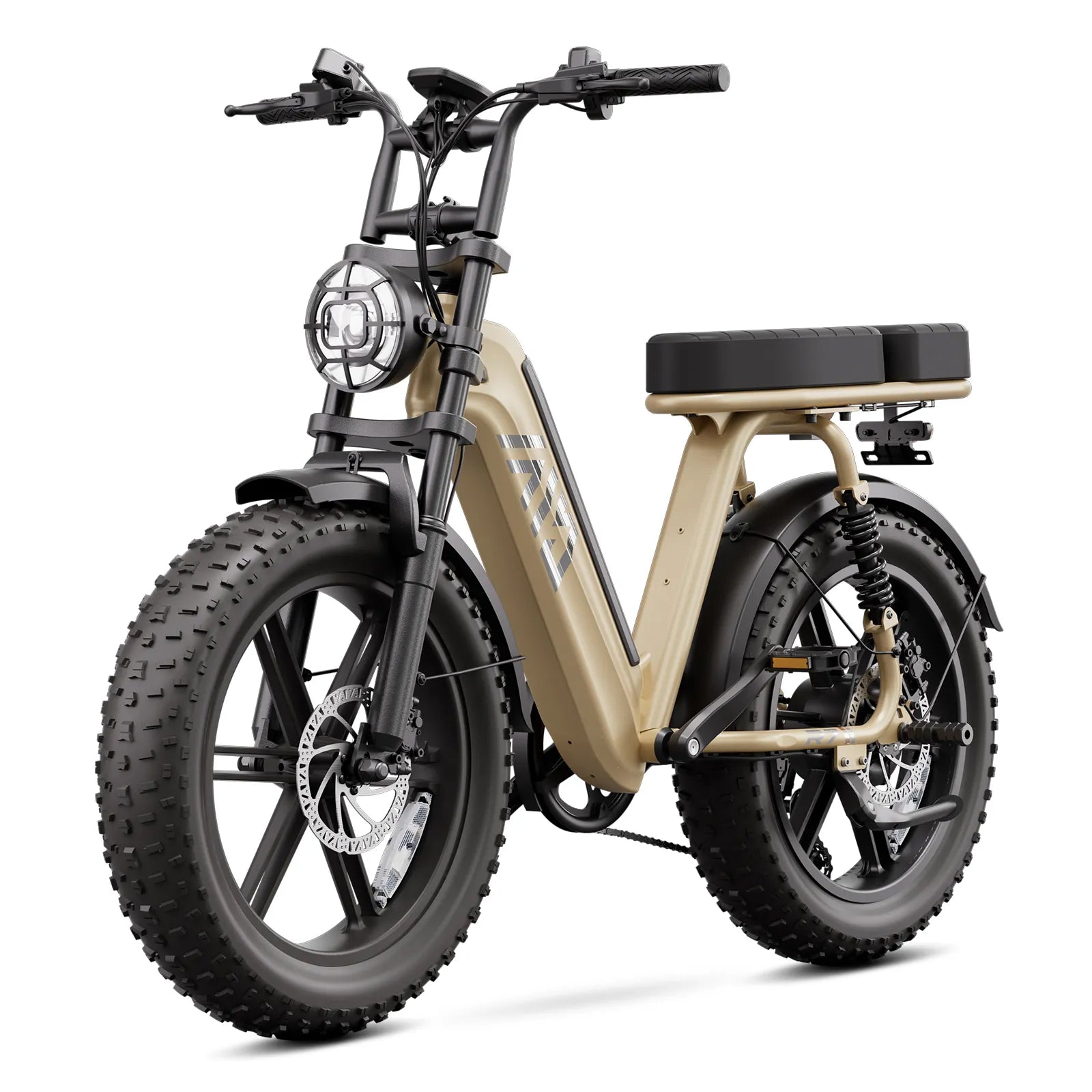
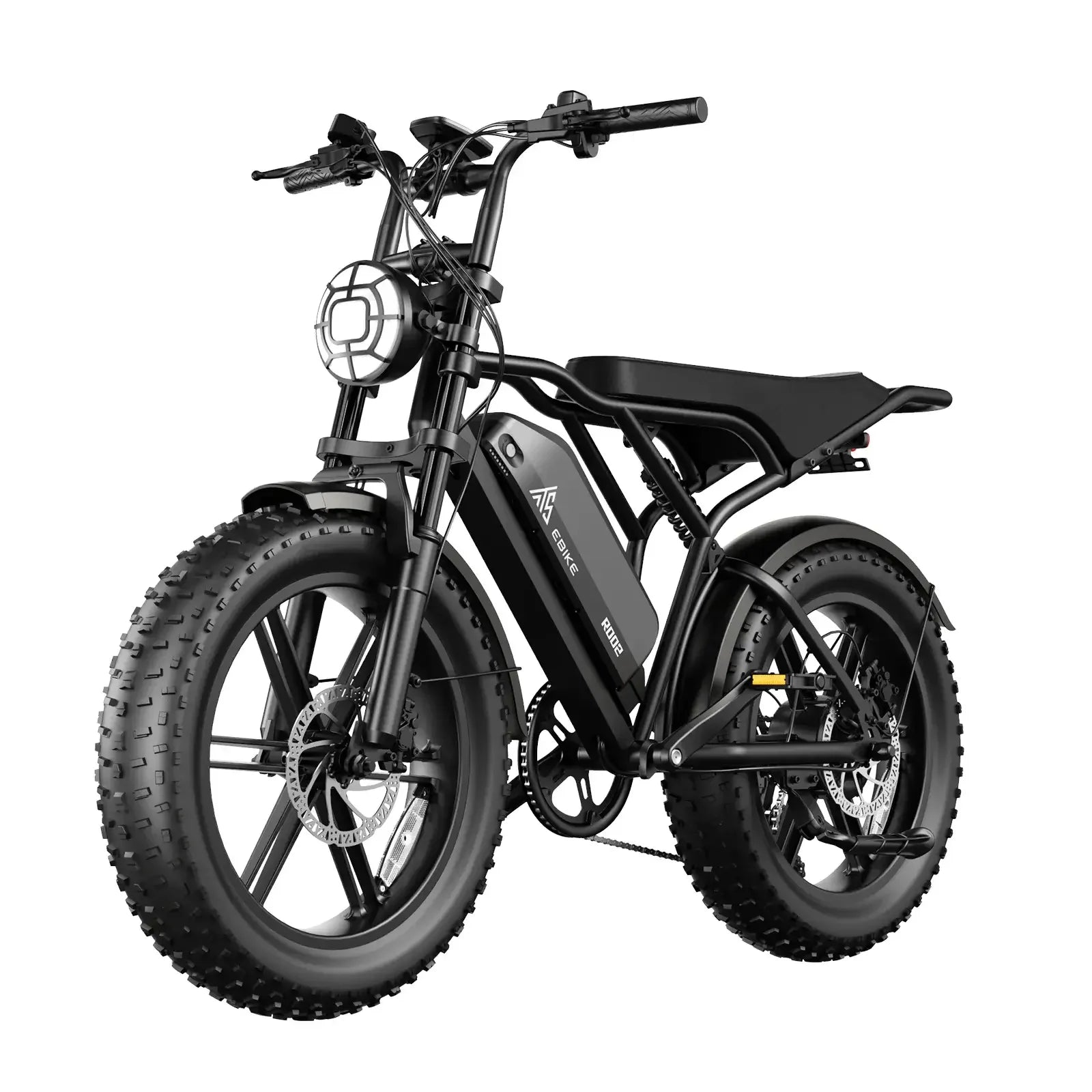
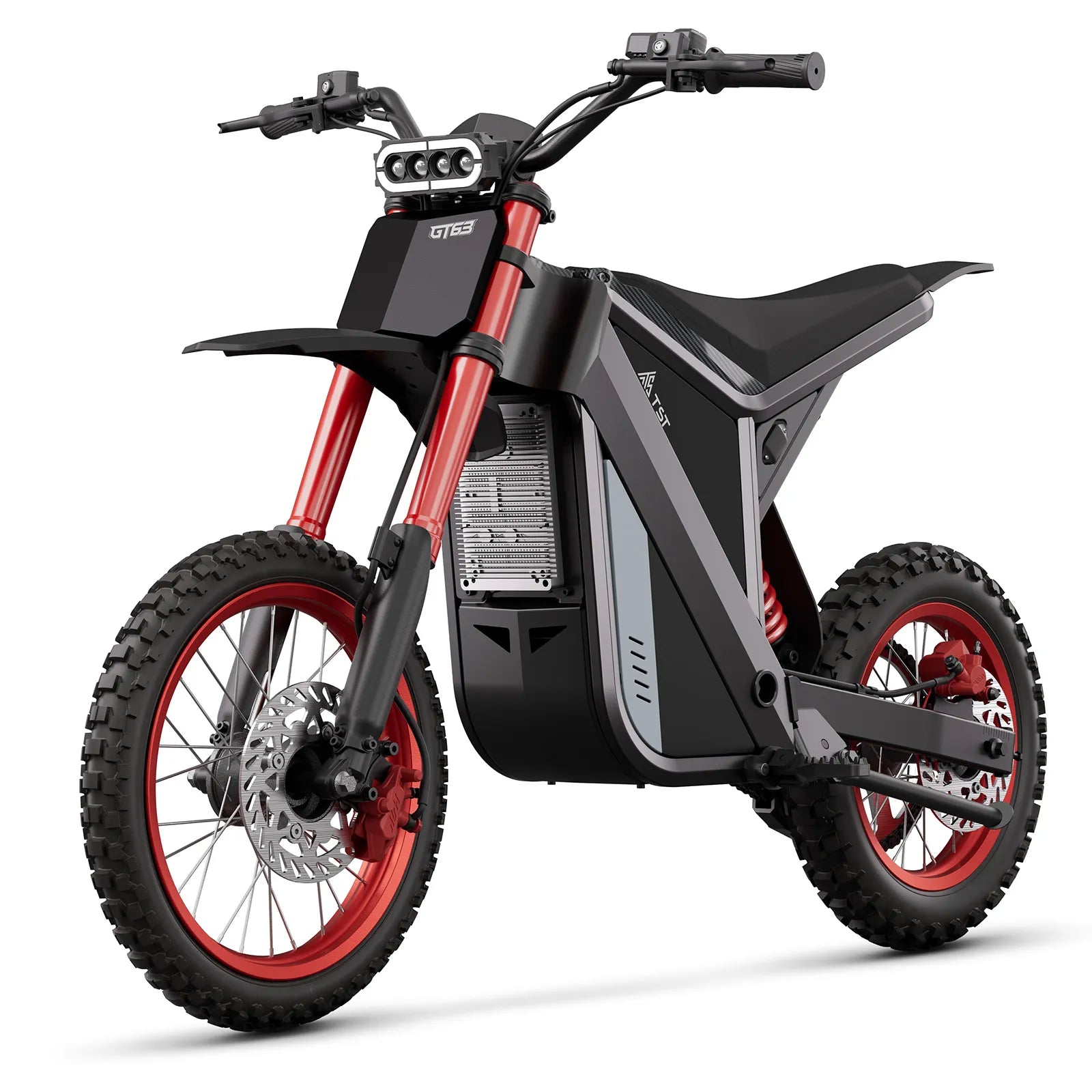
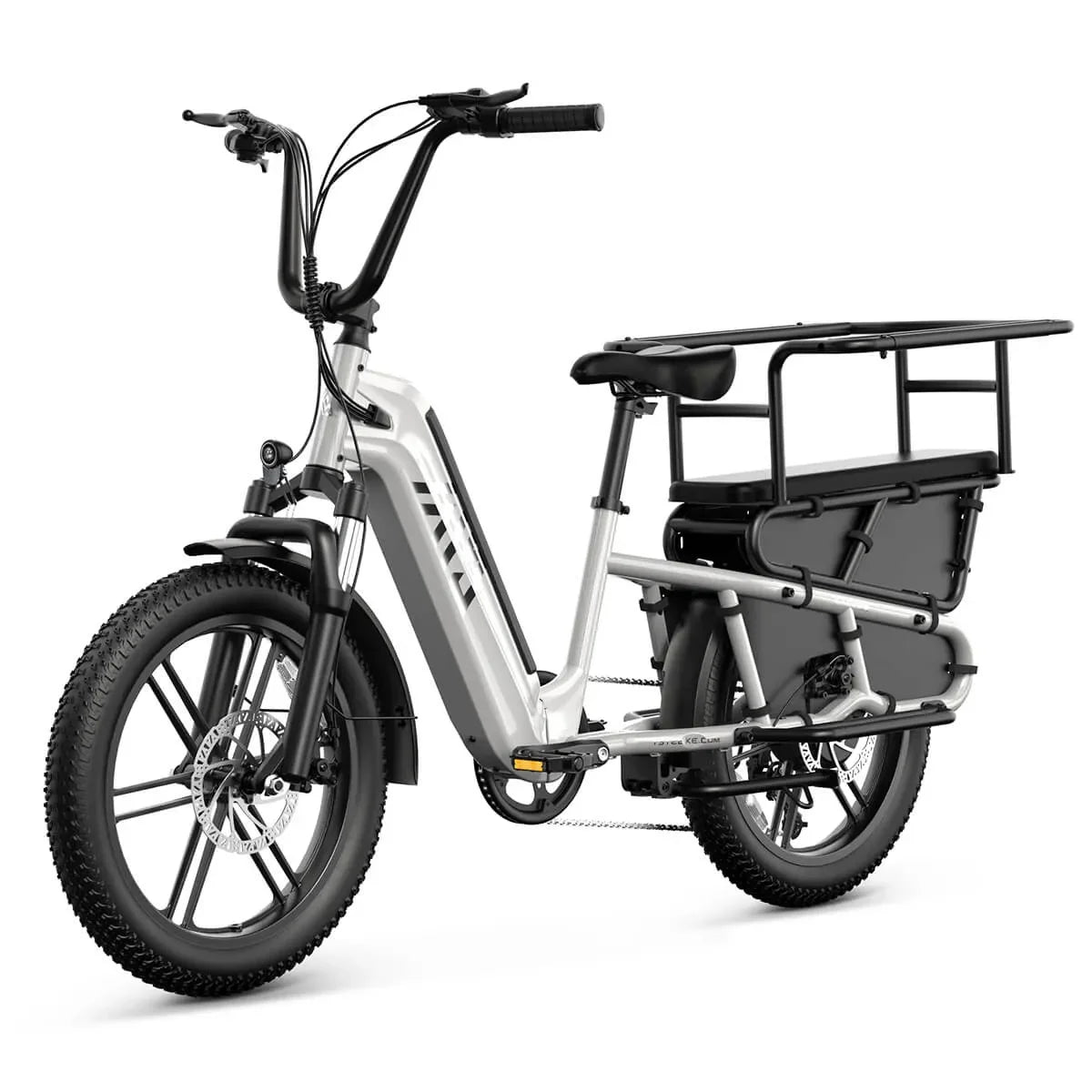
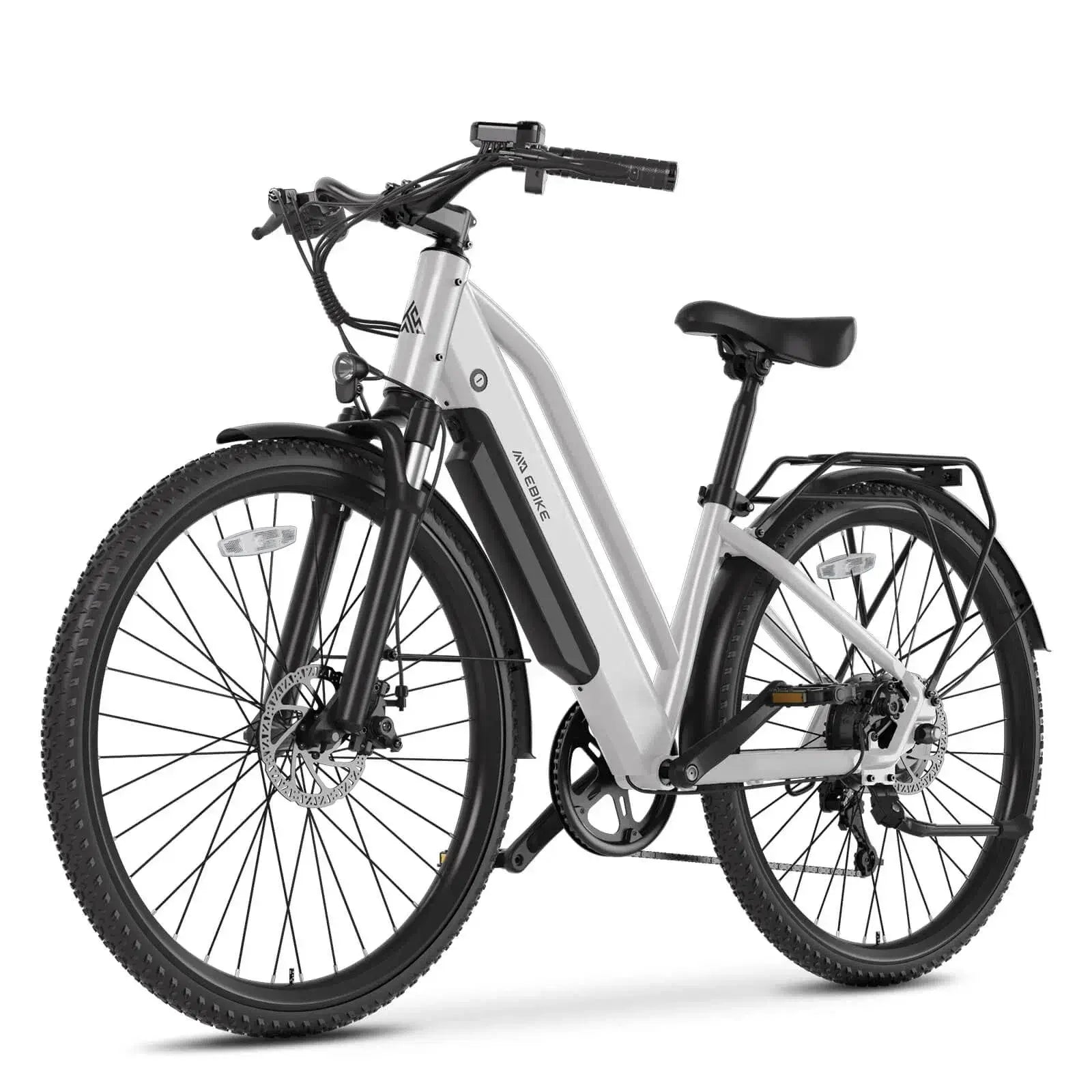
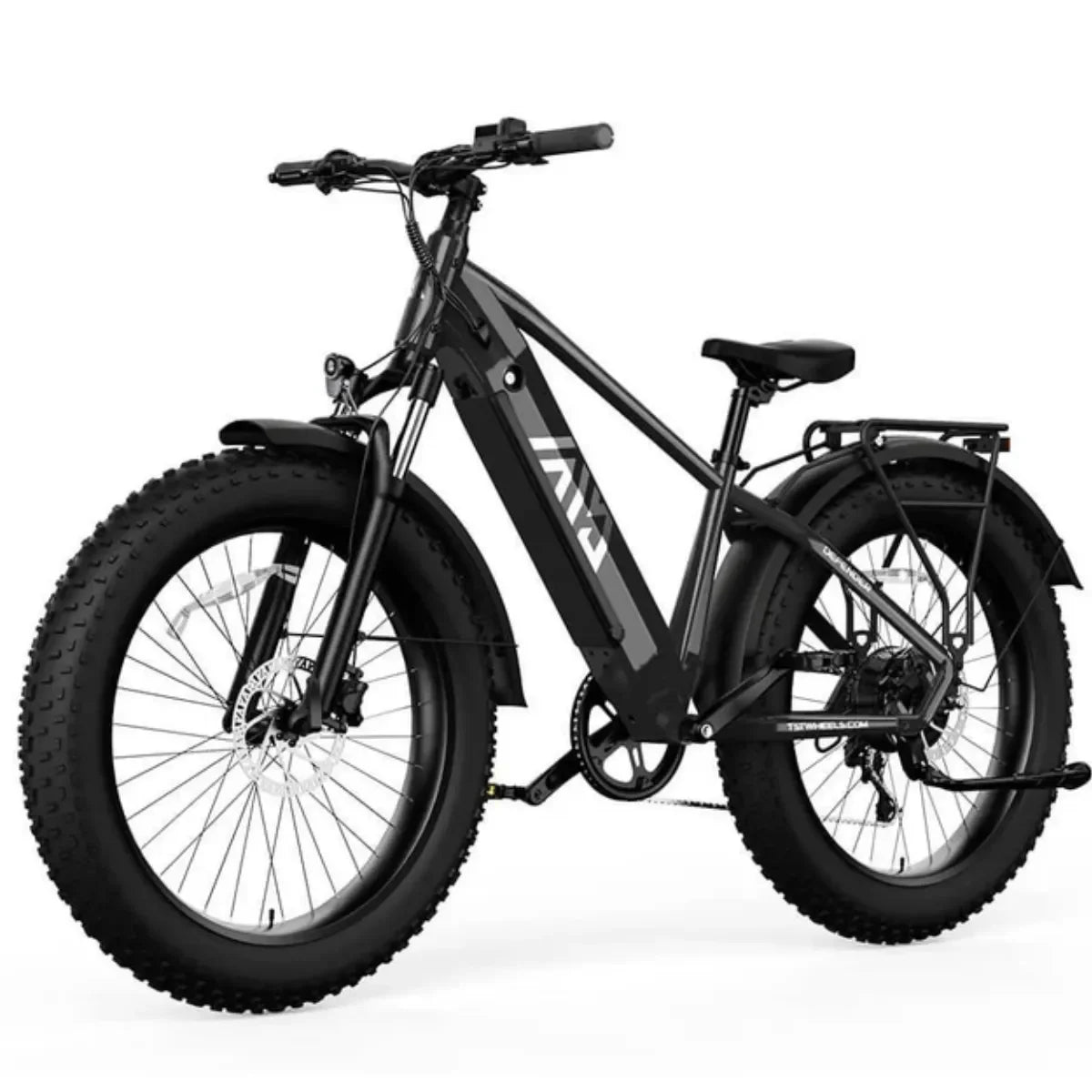
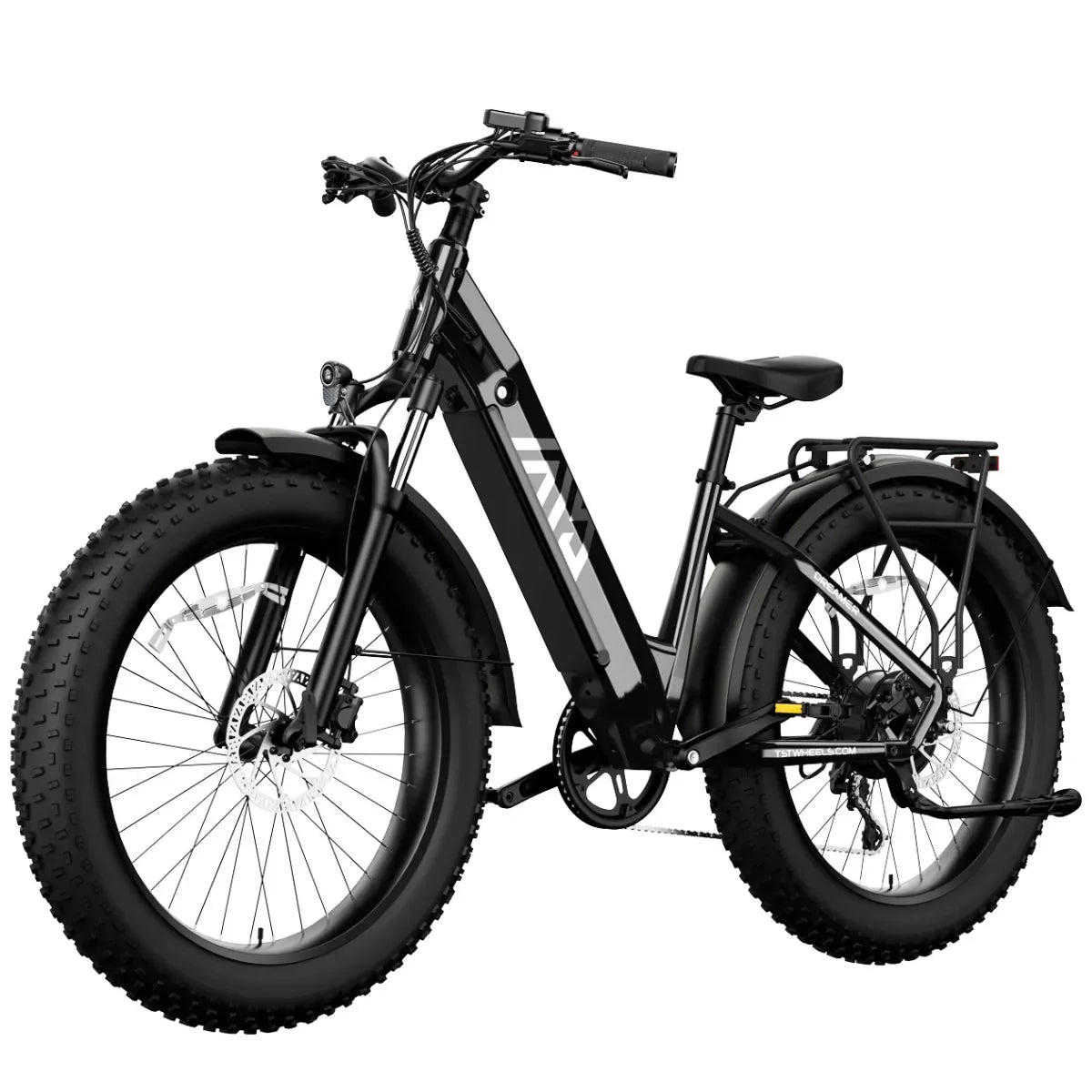

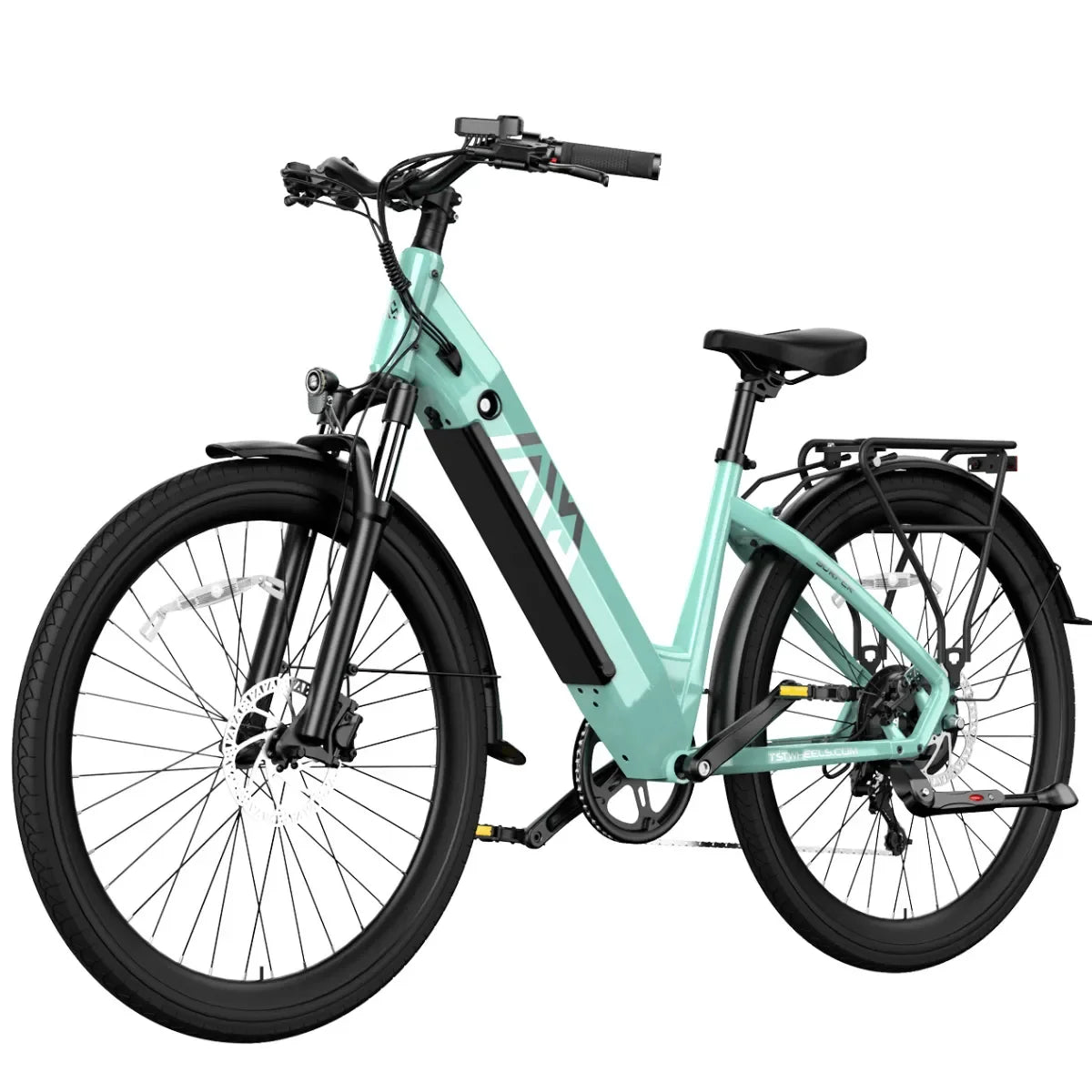
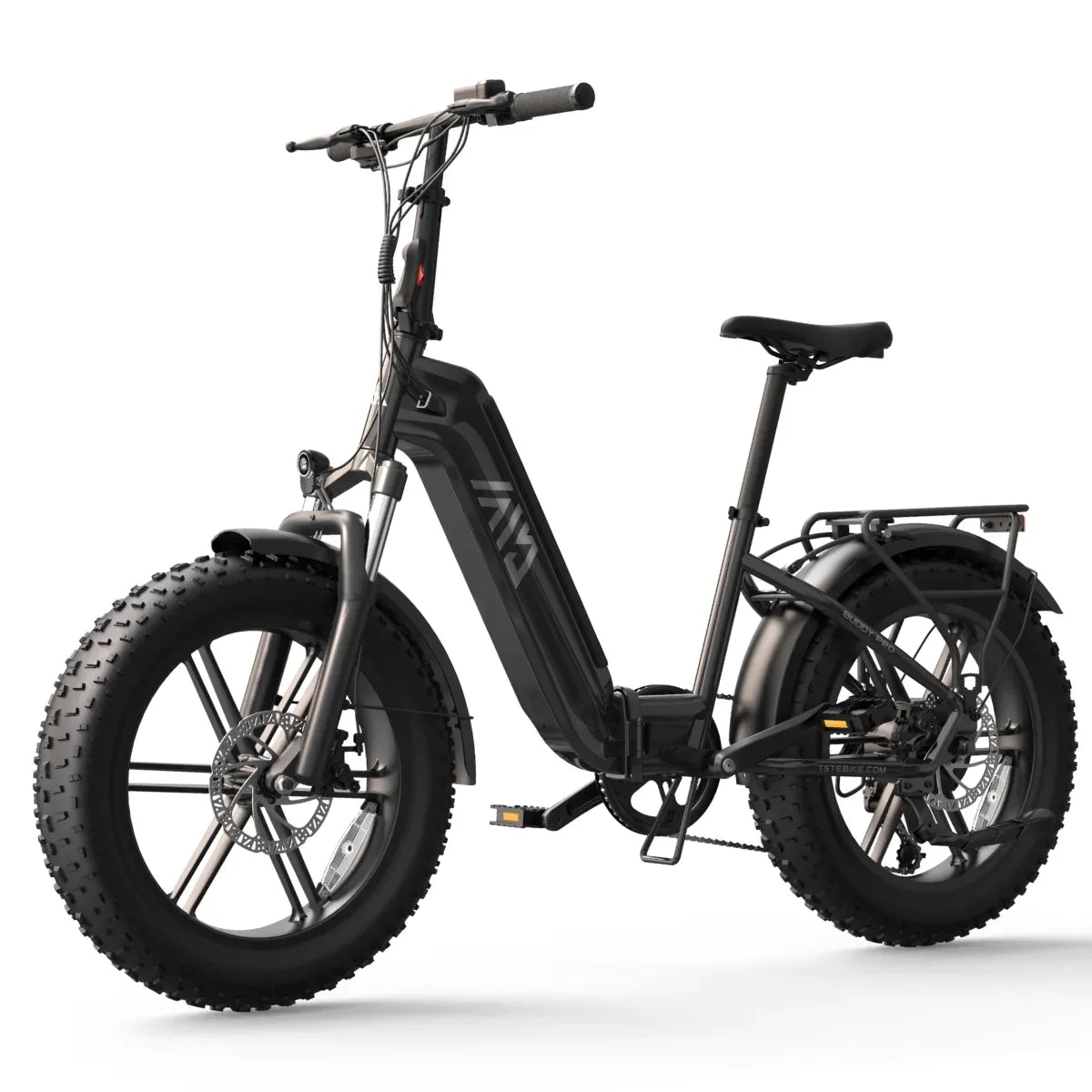
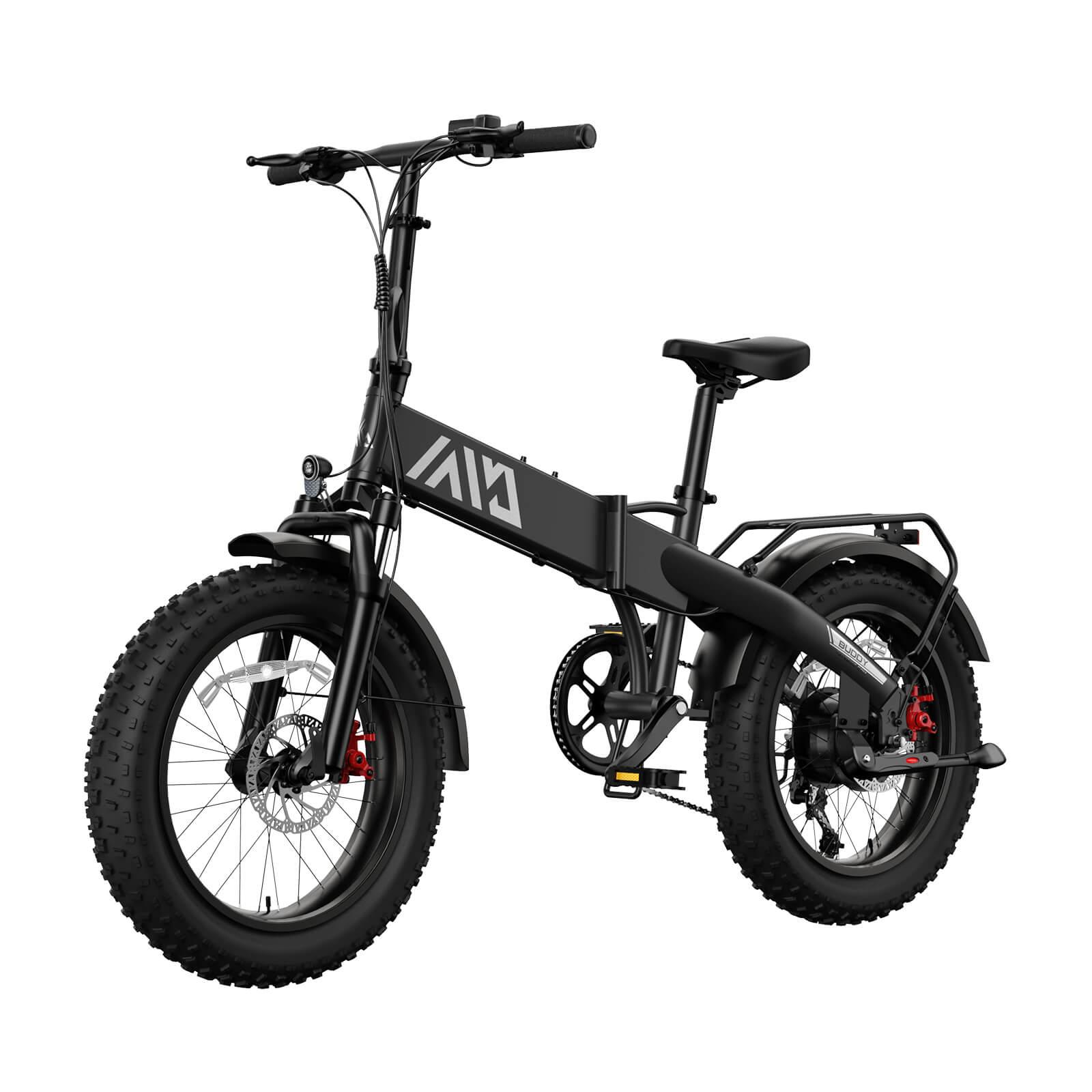
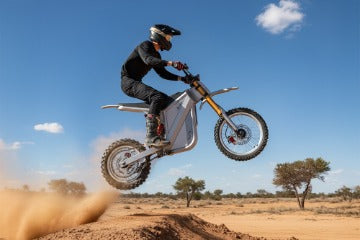
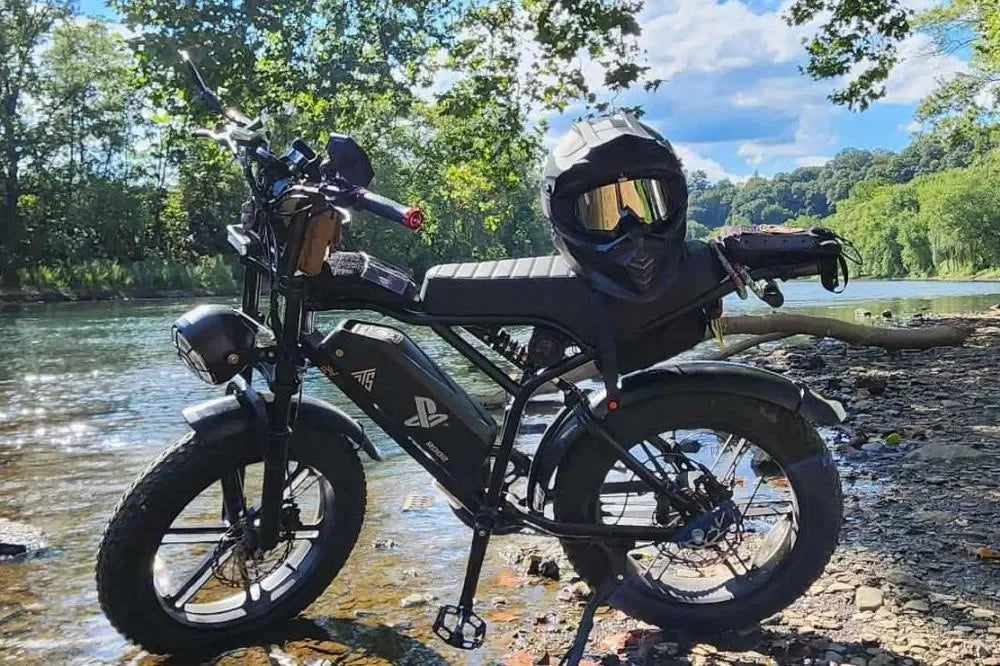
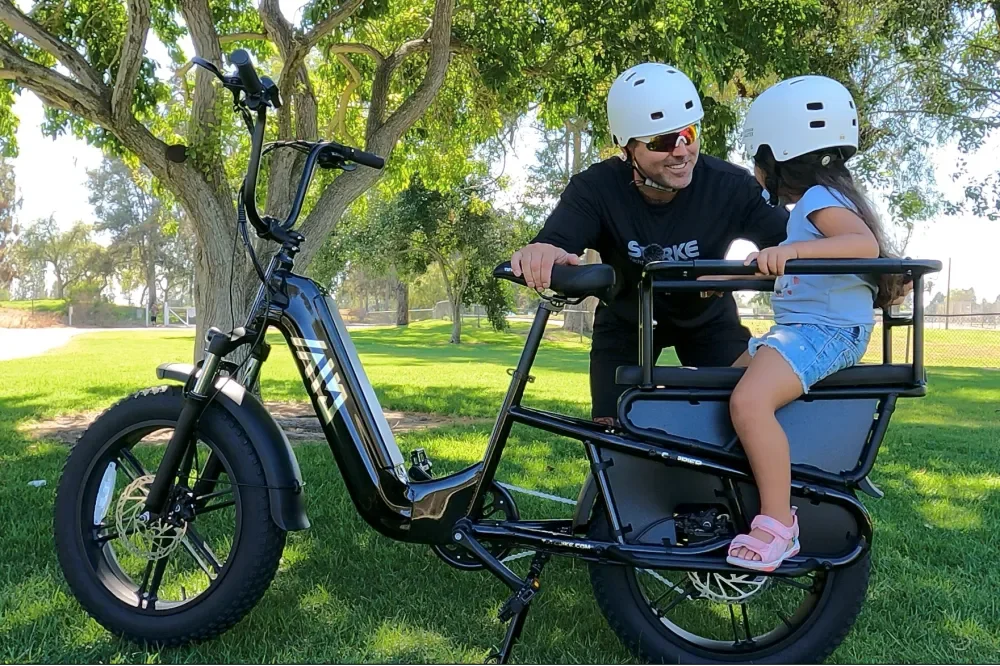
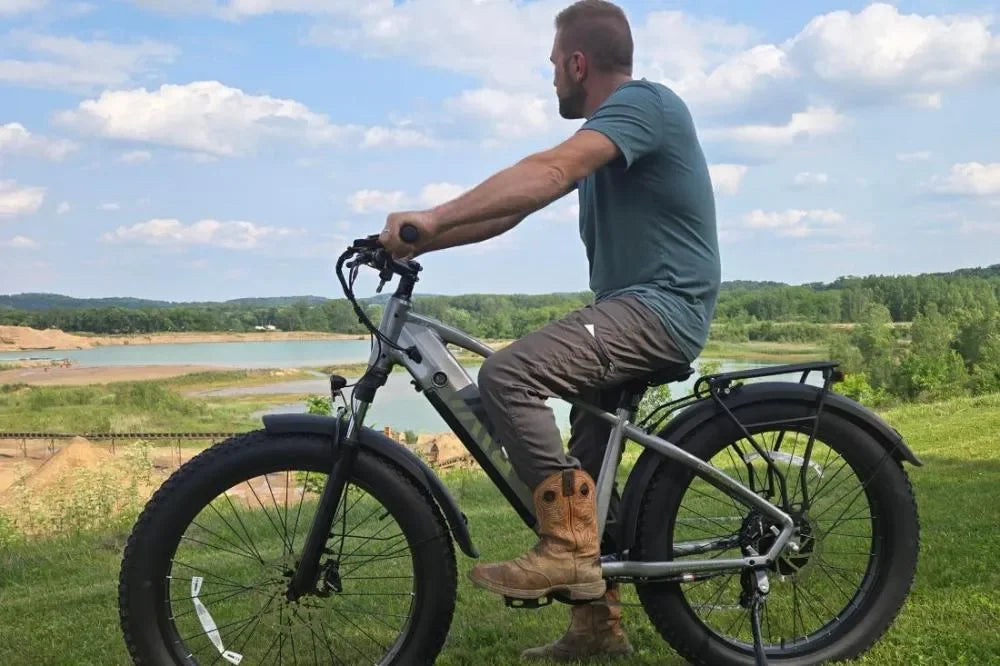
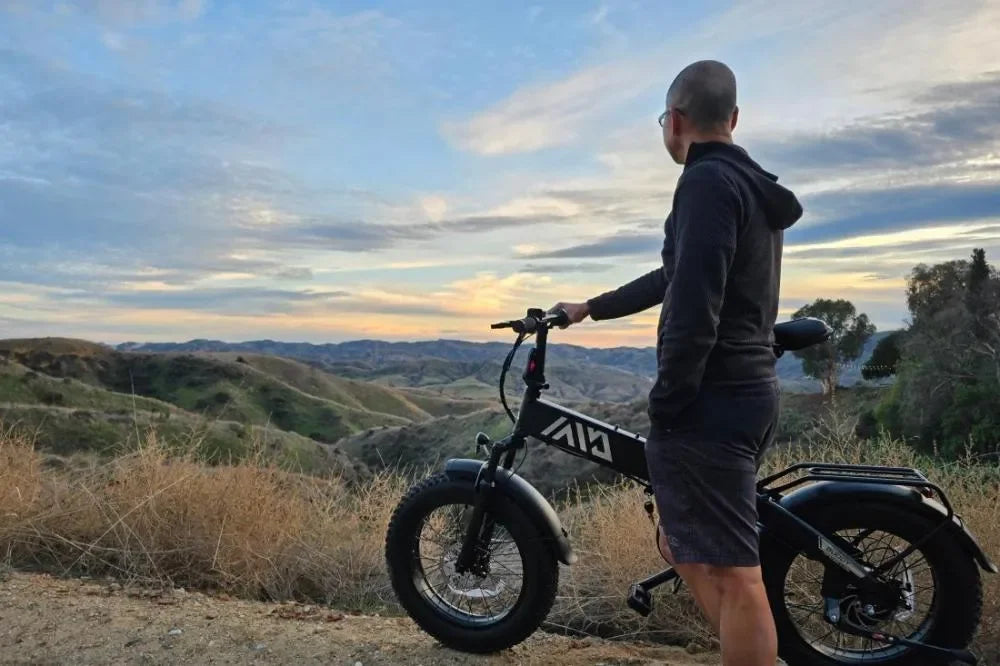
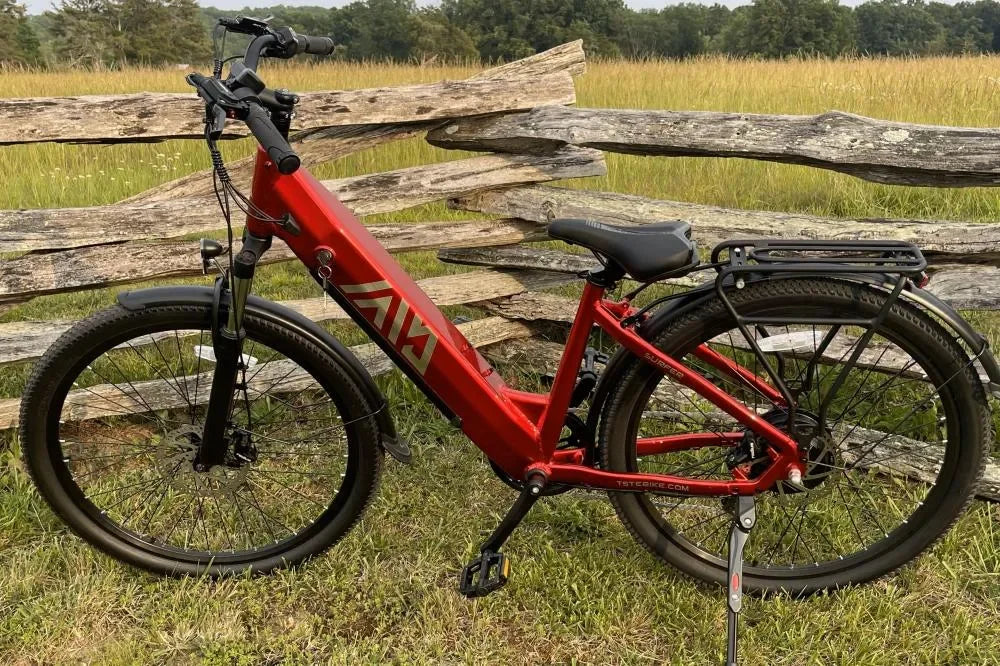
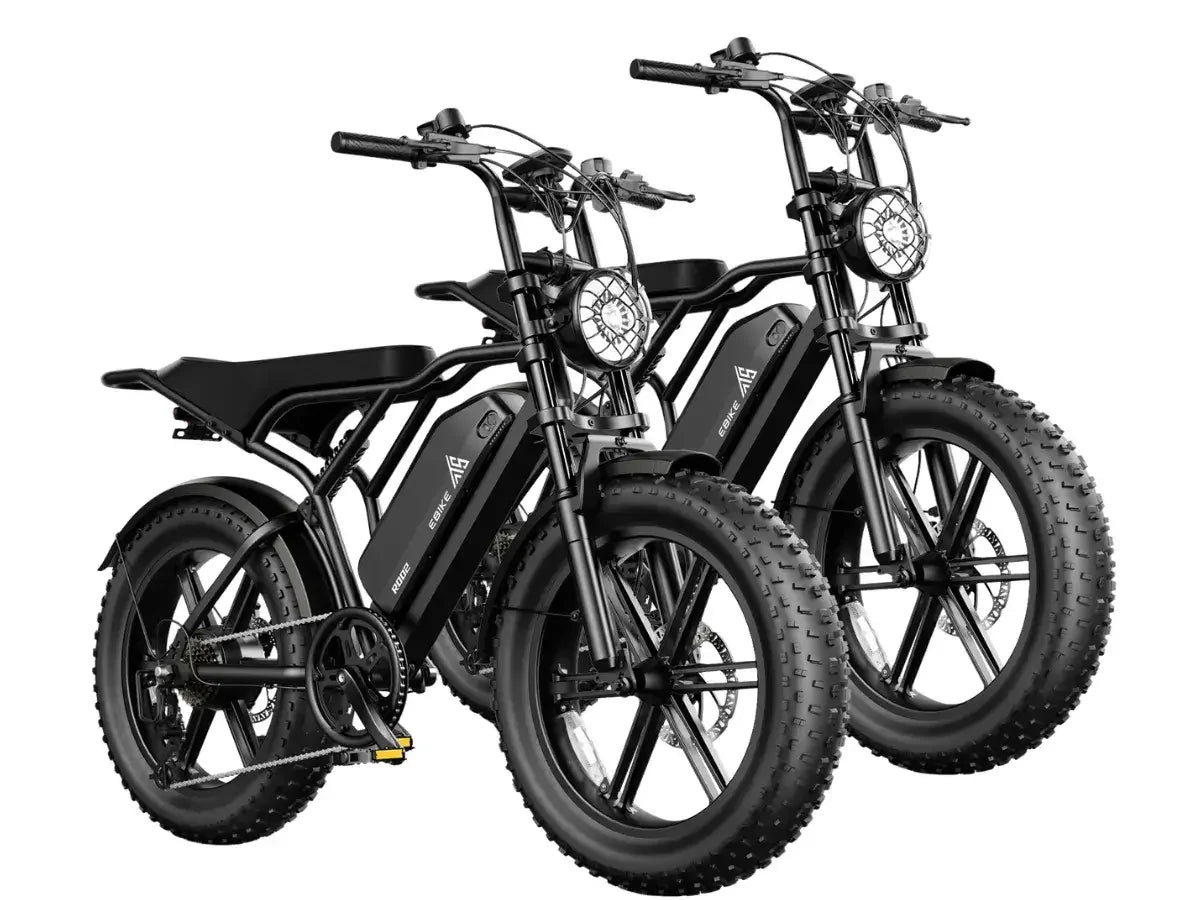
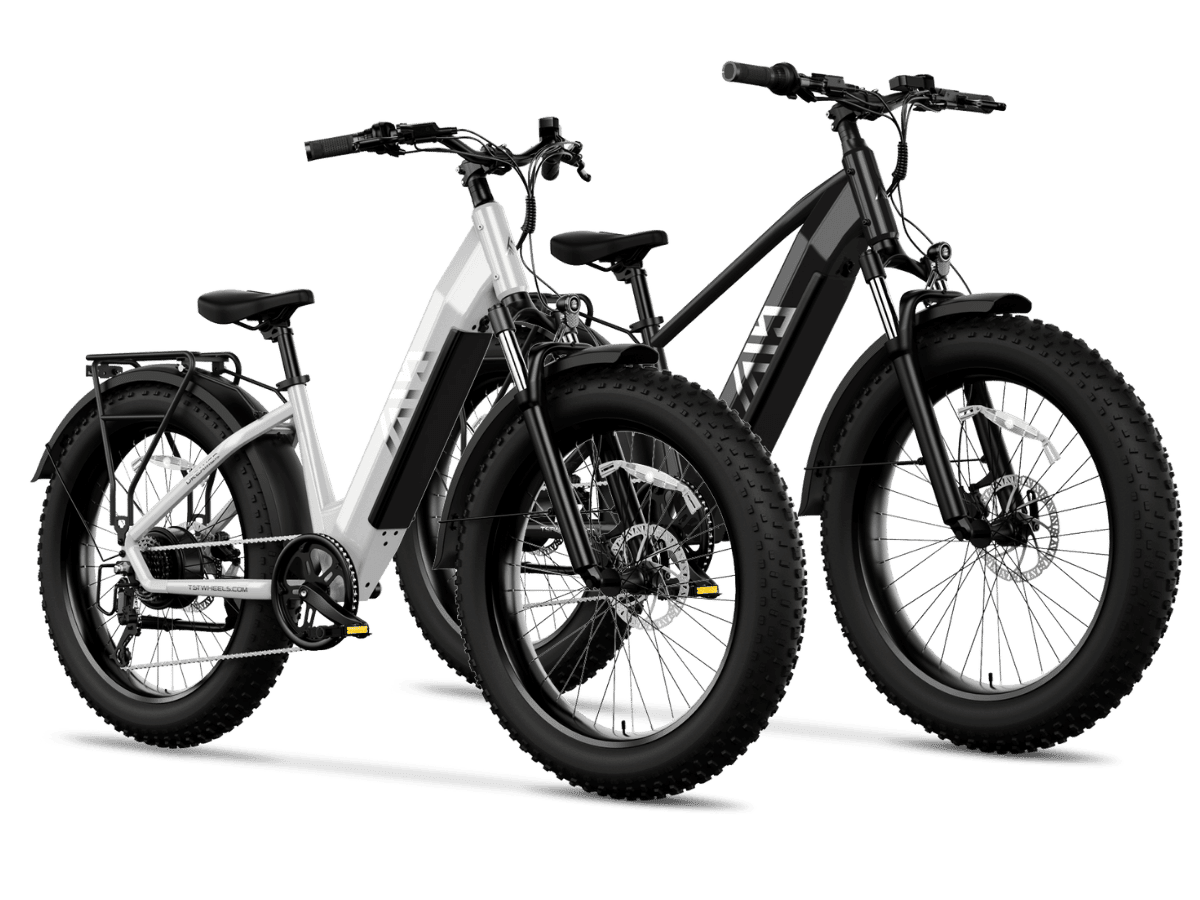
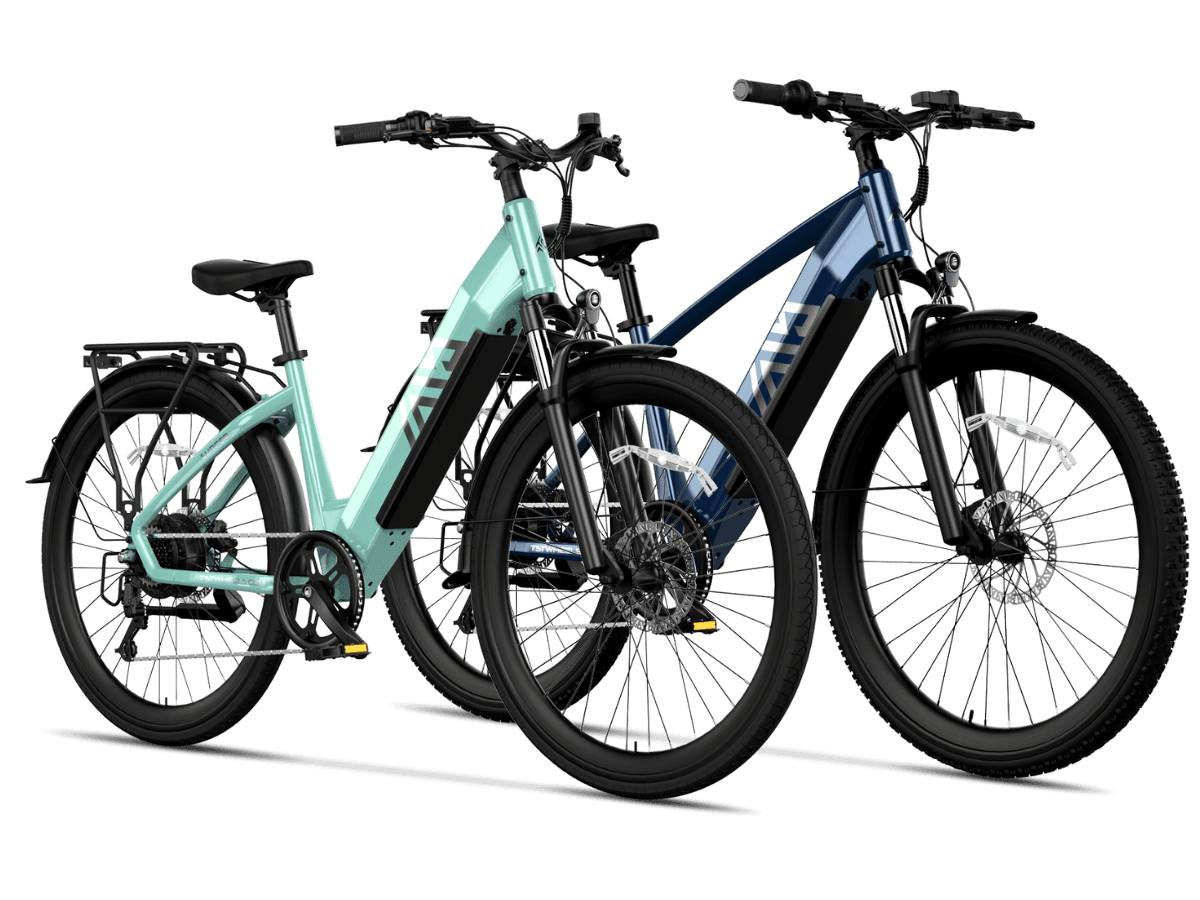
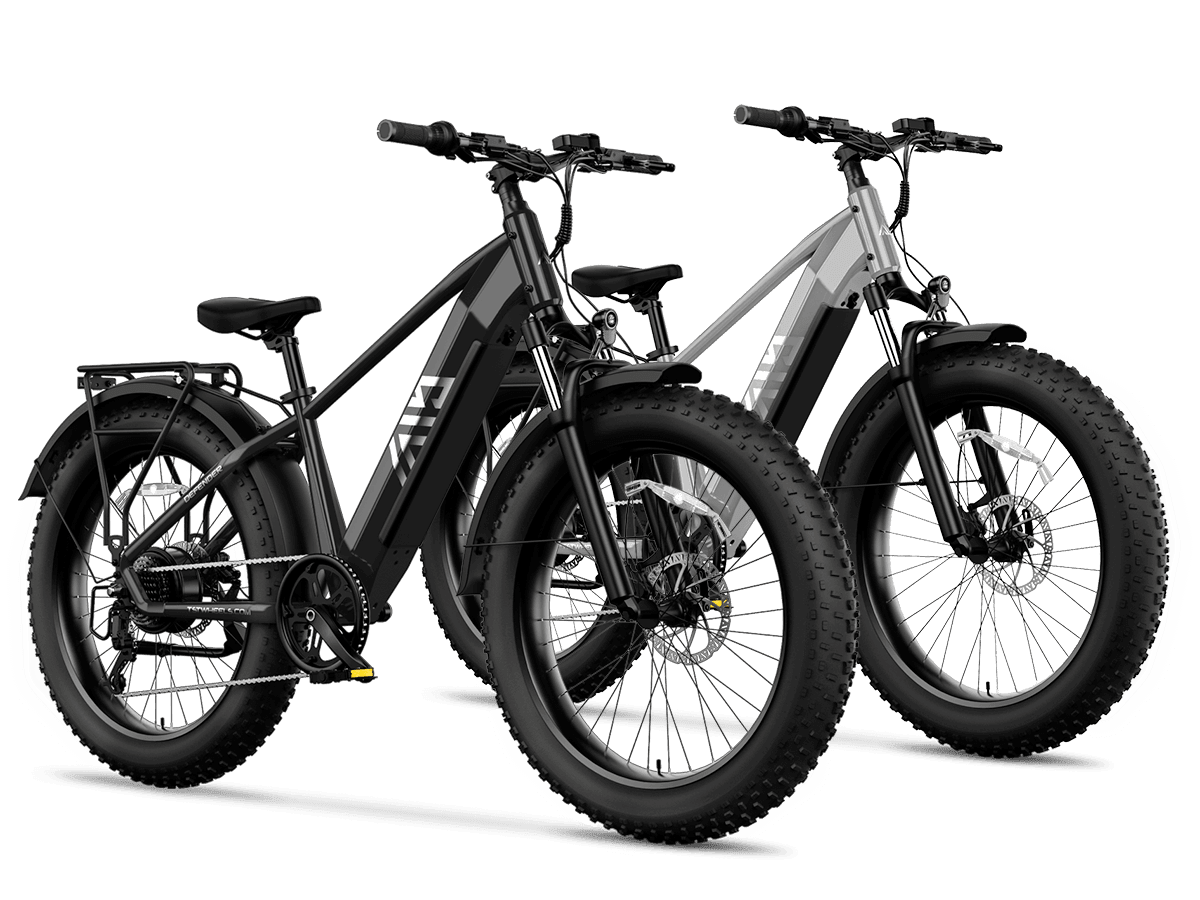
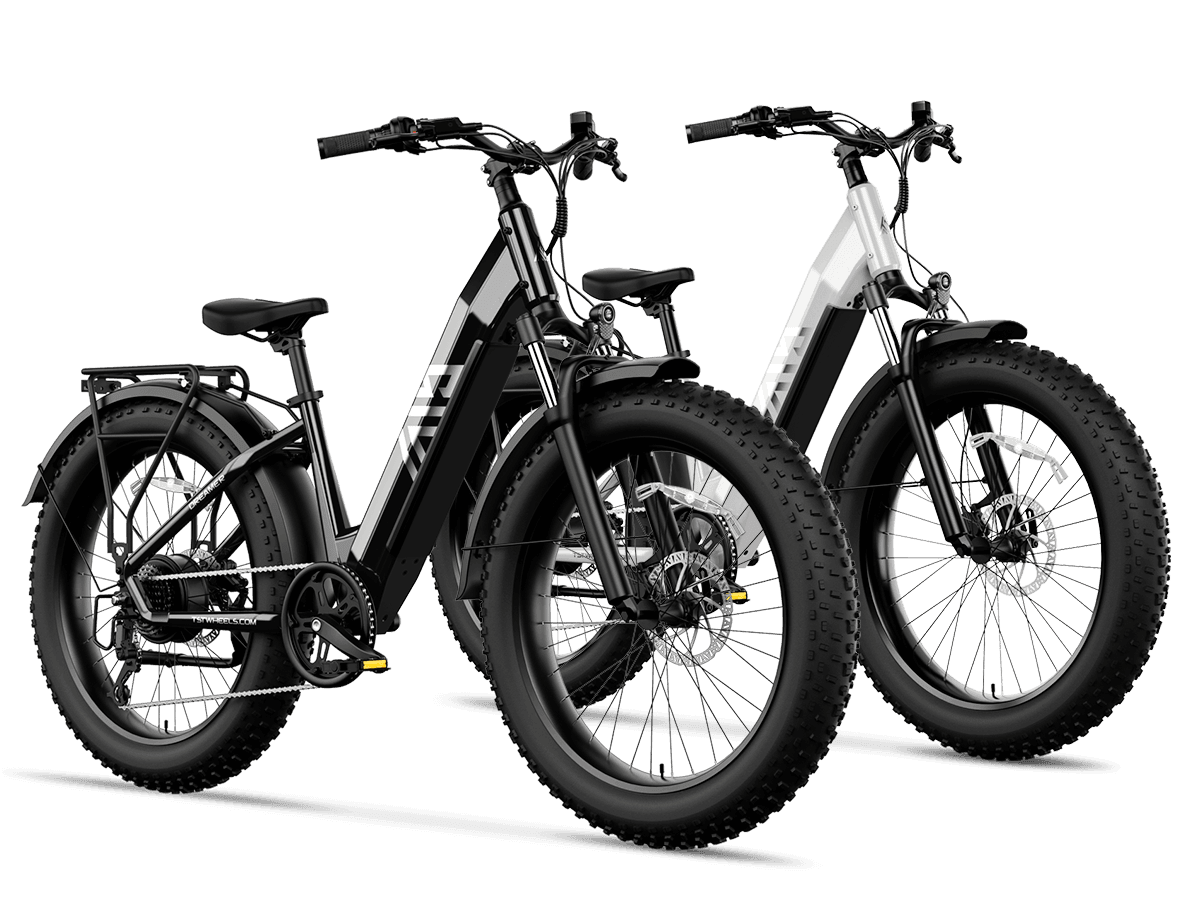
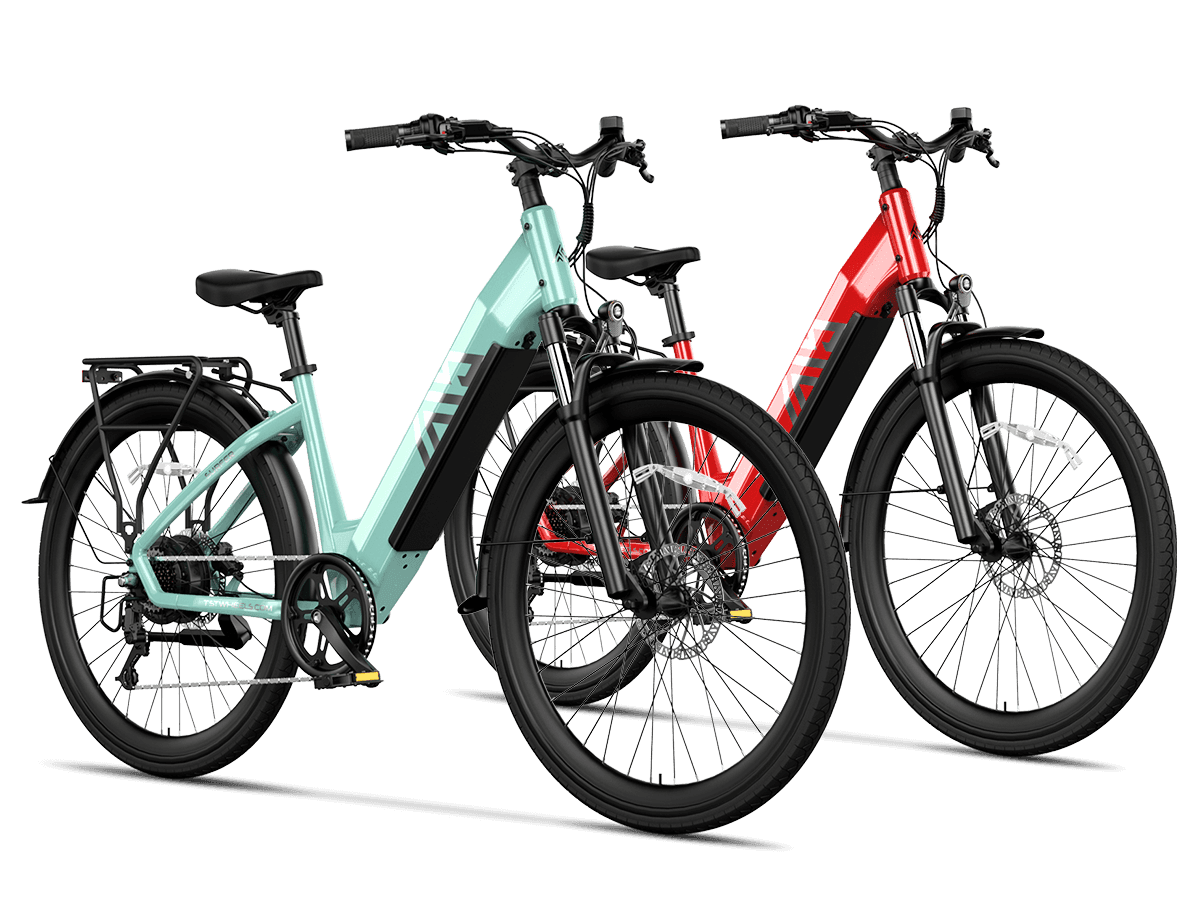
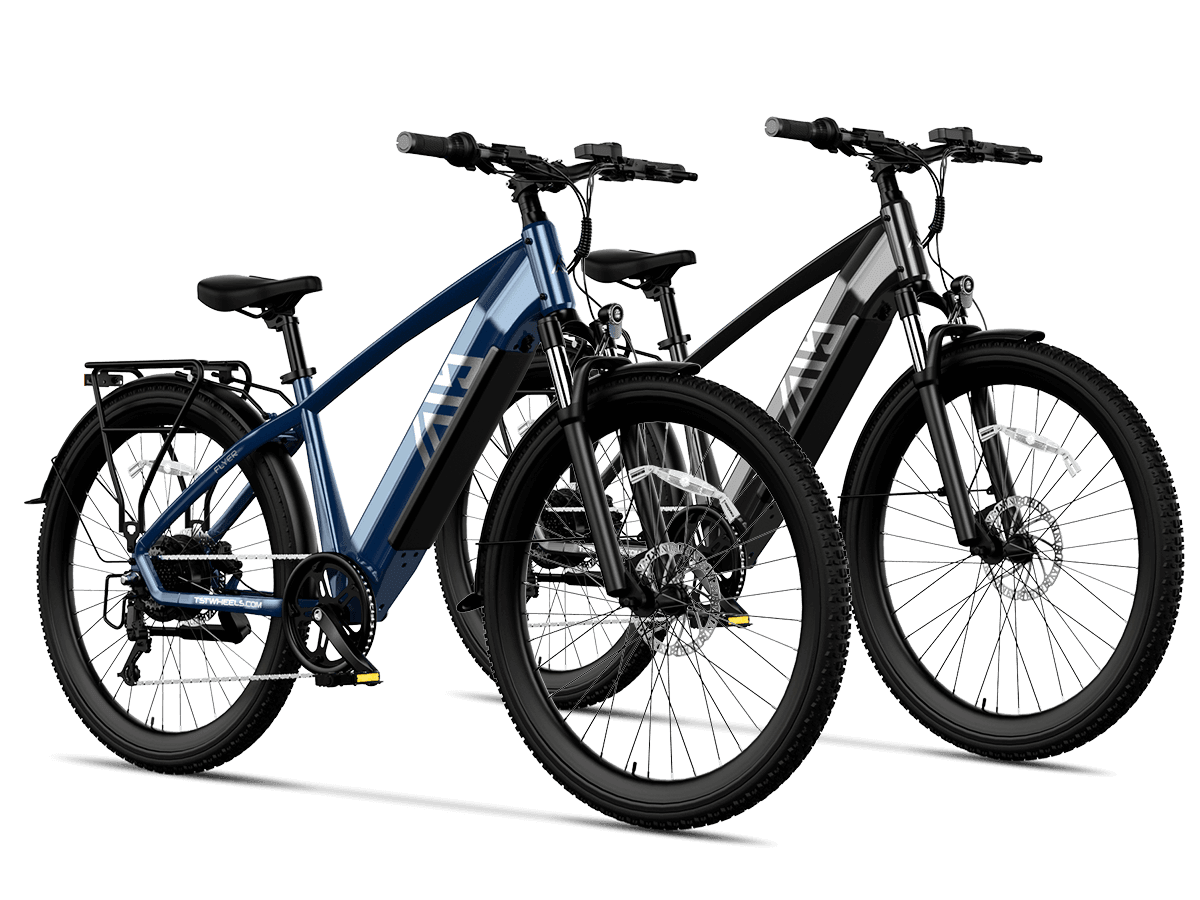
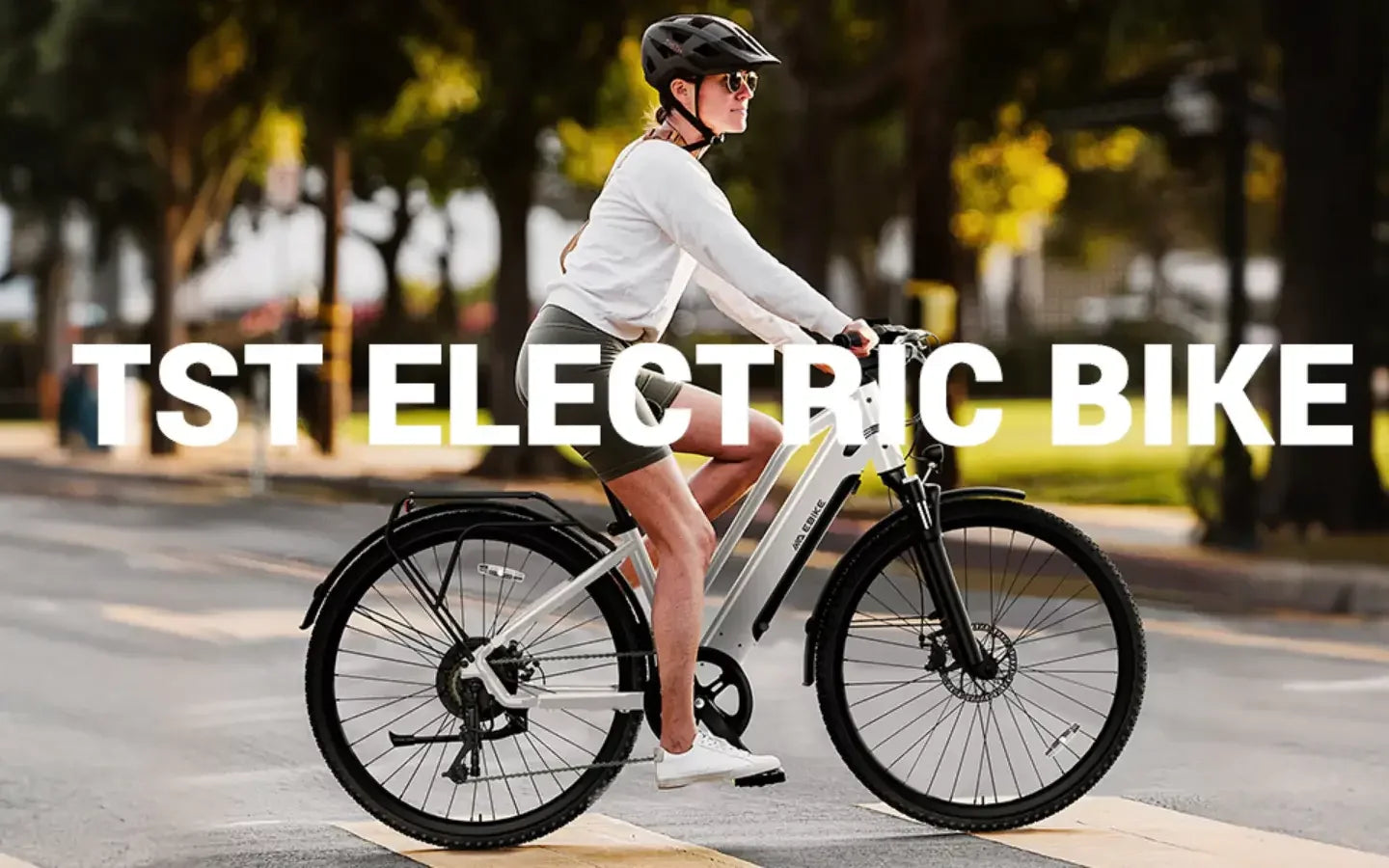
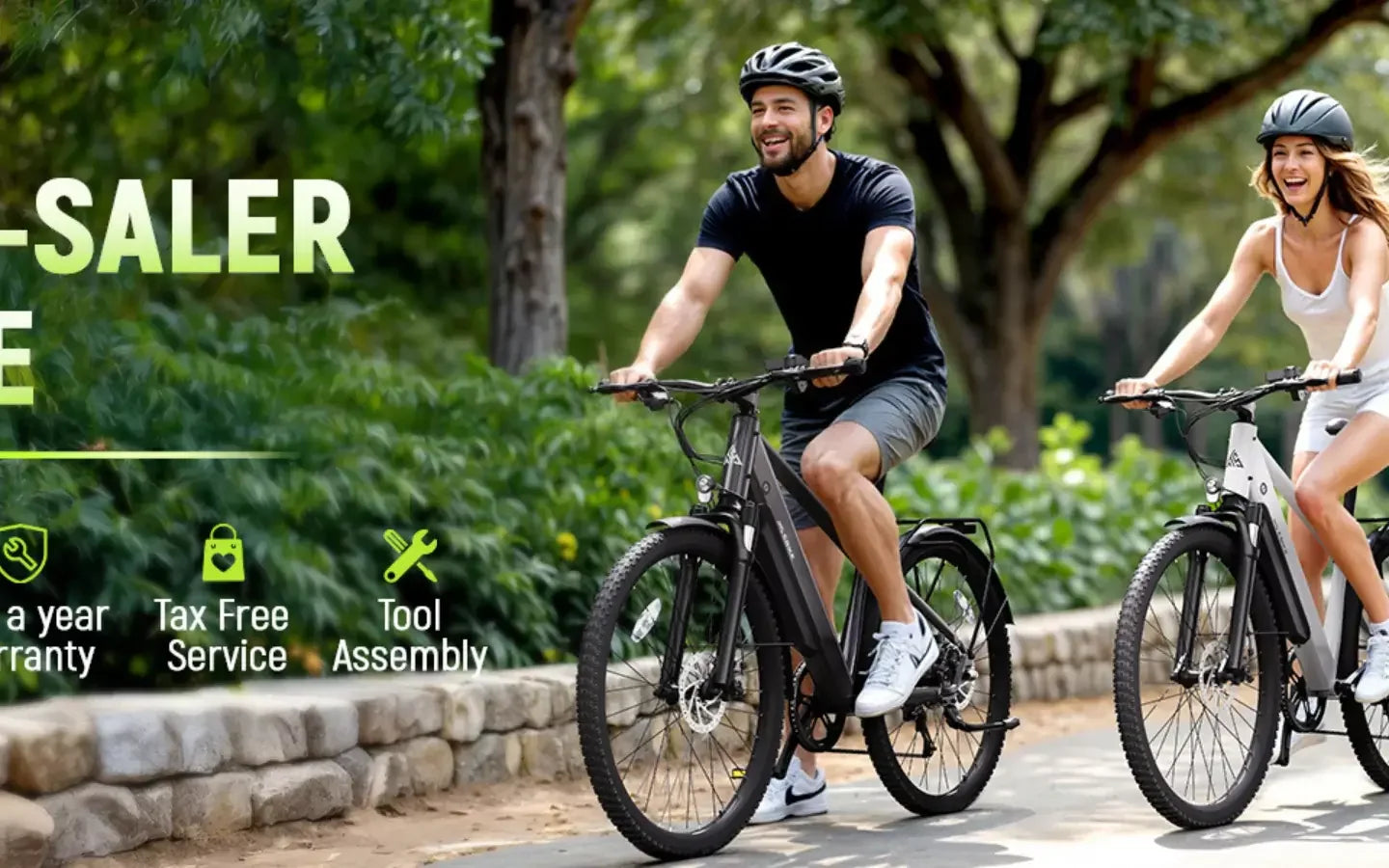
Leave a comment
This site is protected by hCaptcha and the hCaptcha Privacy Policy and Terms of Service apply.